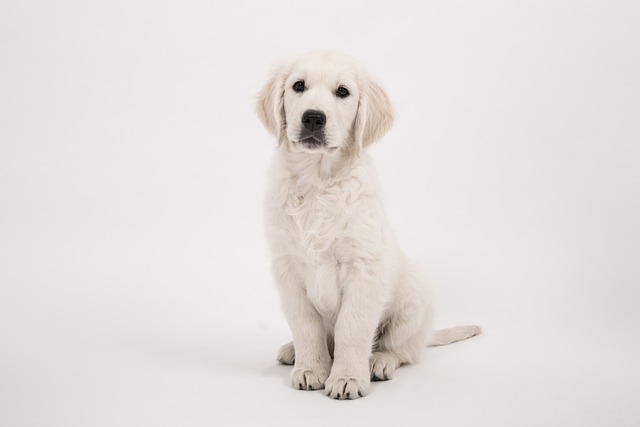
what is parasite treatment for dogs
Discovering your dog has parasites can be an unsettling moment for any new pet owner. Whether you spotted a worm in their stool or found a tick after a hike
Picture your Great Dane sprawling on a plush memory foam bed versus your Chihuahua curling into a firm orthopedic mat—does softness really matter? Let’s dive into canine physiology and real pet parent experiences to unravel the truth, blending comfort with science.
Body size dictates basic needs. Large breeds like Mastiffs need firm beds to support their weight. My neighbor’s 120-pound Dane, Zeus, developed hip pain on a saggy pillow bed. "Firm surfaces distribute pressure evenly," her vet said—switching to a dense foam bed eased his discomfort.
Small dogs often prefer softer textures. My 6-pound Chihuahua, Luna, burrows into a fleece-lined donut bed. "Tiny breeds need insulation to retain heat," a behaviorist notes. Soft beds mimic the cozy dens they’d seek in the wild.
Age plays a crucial role. Senior dogs with arthritis thrive on firm, orthopedic beds. My 13-year-old Retriever, Max, stopped limping after getting a memory foam bed. "Supportive materials reduce joint stress," my vet explained—soft beds can worsen stiffness.
Sleeping positions reveal preferences. Curling dogs like Pugs may love soft beds, while sprawlers like Labs need firmness. Zeus, a belly-sleeper, sinks too deeply into plush beds—his firm model keeps his spine aligned. "Posture affects skeletal health," a trainer warns.

Medical conditions change the game. Dogs with hip dysplasia require firm support. A friend’s Shepherd, Bella, used a soft bed initially, worsening her mobility. "Orthopedic beds are non-negotiable for chronic issues," the vet said—now Bella walks easier.
Material safety overrides softness. In the EU, pet beds must have non-toxic, flame-retardant stuffing; in the US, look for CertiPUR-US certified foams. "Avoid beds with chemical odors," a lawyer friend notes—even the softest bed is unsafe if toxic.
Climate influences comfort. In cold regions, soft, insulated beds retain heat. My Alaskan Malamute, Koda, prefers a fluffy bed in winter but uses a firm cooling mat in summer. "Adaptability to seasons matters," a groomer says.
Chewing habits affect bed choice. Destructive chewers may shred soft beds—opt for firm, durable materials. Luna’s brother, a teething puppy, destroyed three soft beds before getting a rugged, chew-resistant model. "Function over fluff for heavy chewers," a trainer advises.
Budget balances preference. Firm orthopedic beds cost more but last longer. "Invest in support for large or senior dogs," my vet says—Koda’s expensive bed saved me from costly joint surgeries.
Observation is key to choosing. Notice how your dog sleeps: does their bed sag excessively? Max showed me he needed firmness by avoiding his old, soft bed. "Their behavior tells you what they need," a behaviorist smiles.
Local animal welfare laws emphasize care. In Germany, beds for working dogs must provide adequate support; in California, neglecting orthopedic needs is illegal. "Proper bedding is a legal responsibility for health," a vet lawyer notes.
Common mistakes to avoid: assuming all dogs want soft beds. I once bought a plush bed for Zeus, unaware of his size needs. "One-size-fits-all thinking fails many dogs," my neighbor admits—now she researches breed-specific needs.
Ultimately, no universal answer exists. For Zeus, firmness means pain relief; for Luna, softness means security. "Dogs are individuals—match bed hardness to their age, size, and health," my vet says. With the right choice, your pup sleeps soundly, supported in every way that matters.

Discovering your dog has parasites can be an unsettling moment for any new pet owner. Whether you spotted a worm in their stool or found a tick after a hike
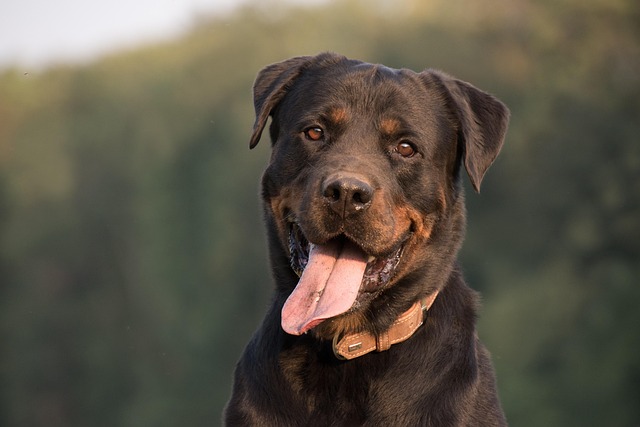
You’re petting your pup on the couch like usual, and suddenly you pause—wait, their fur feels way softer than it did last week. Is that normal?
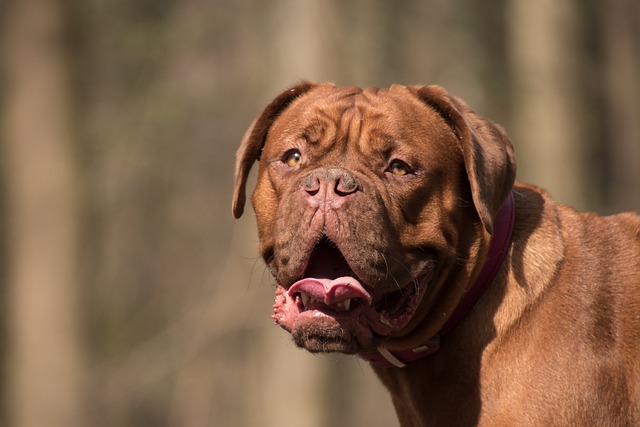
If you’ve ever petted a neighbor’s pup and marveled at how soft and shiny their fur was, then looked down at your own dog’s coat wondering “is mine okay?”, you’re far from alone.
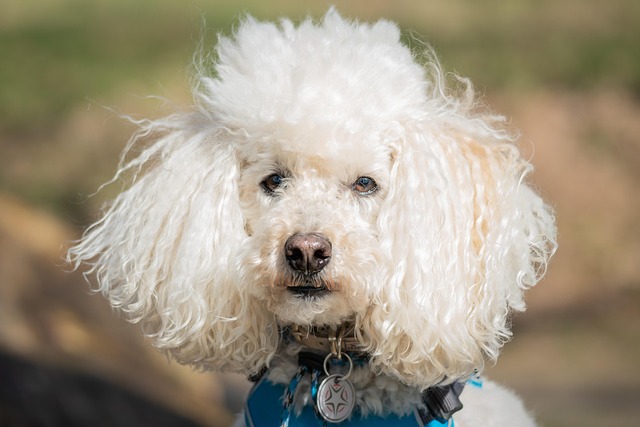
You might’ve stood in front of your standard poodle’s bowl, wondering if that scoop of kibble is too much—or not enough.

Ever watched your dog suffer from an upset stomach after a nerve-wracking vet visit or a course of antibiotics? Maybe you’ve noticed more
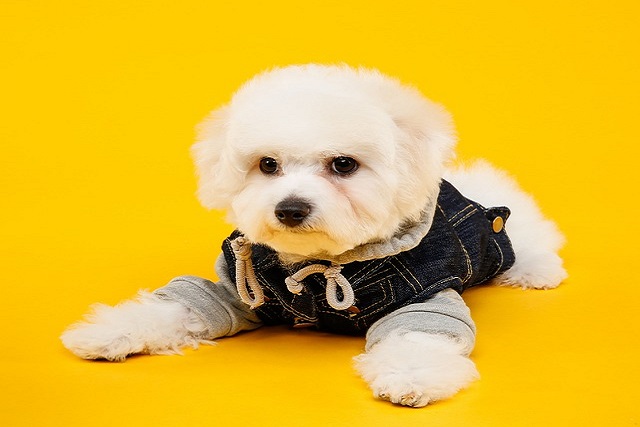
So, you’ve noticed your dog’s been a bit… off lately. Maybe it’s a bout of unexpected diarrhea after a weekend, more frequent gas that clears the room